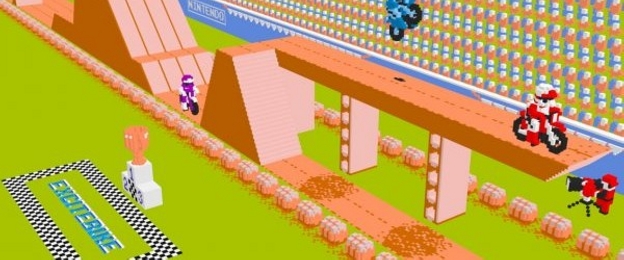None
Perhaps you’ve already played the first of the “3D Classics” titles on Nintendo’s 3DS eShop. After all, Excitebike was released for free on the service during E3, allowing many to toy around with the classic NES title’s perspective warping enhancements. That altered perspective, however, has been causing problems in bringing some of the upcoming “3D Classics” titles to the platform, and revealing some surprising player psychology in the process. Takao Nakano cites Xevious as the main example of this issue, but the issues inherent to it could apply to any top-down, 2D shooter expanded into the third dimension. When enemies on the ground, which a player’s ship can fly over, fire their projectiles, these projectiles are an immediate danger. This was something gamers would discover in seconds and, when looking at the action from the top down, it makes a kind of intuitive sense. There’s a projectile there, so avoid it. The 3DS update, though, alters one’s perspective on the action. Suddenly, the shots are manifesting in mid-air, above the ground-based enemies. The timing is the same, the gameplay is functionally identical, but it breaks whatever psychological cushion was allowing the player to accept that these “bombs” could provide an immediate danger. 
Perspective is a huge part of art, and perspective can be entirely dependent on presentation. Japanese manga artists were convinced that the image flipping that was initially done when their comics were brought over to English-speaking audiences, to make them read from left to right, exposed otherwise hidden flaws in the art and revealed perspective errors. It happens in animated movies as well, famously in the opening moments of Prince of Egypt. When these issues extend into an interactive medium, however, they affect not only perception, but also playability. That is why Nakano’s team feels obligated to put in ten-to-twenty times the work of simply porting each classic, just to make them play correctly. |
